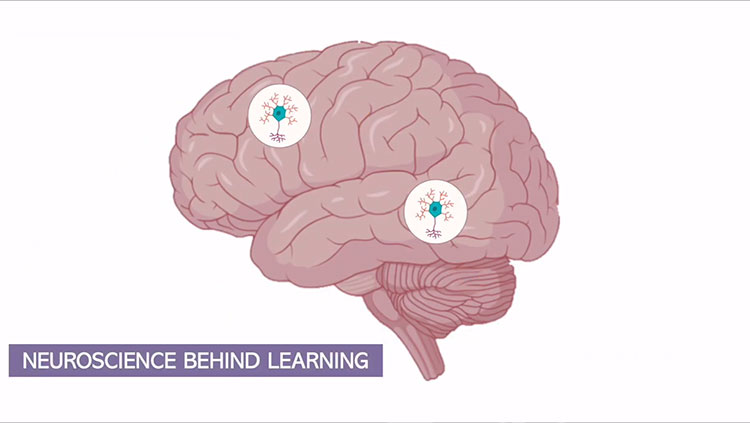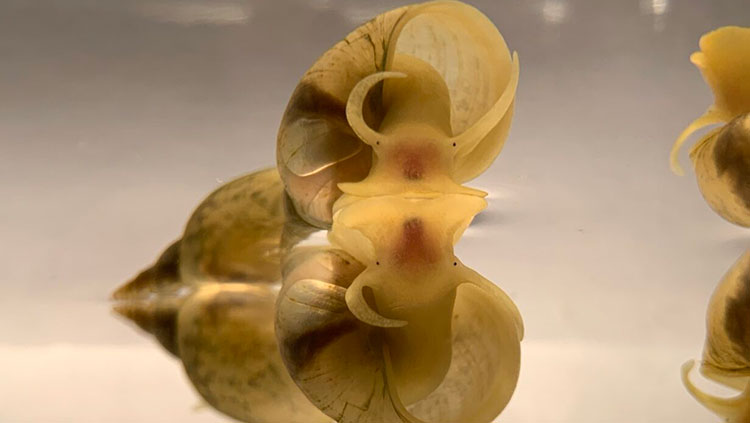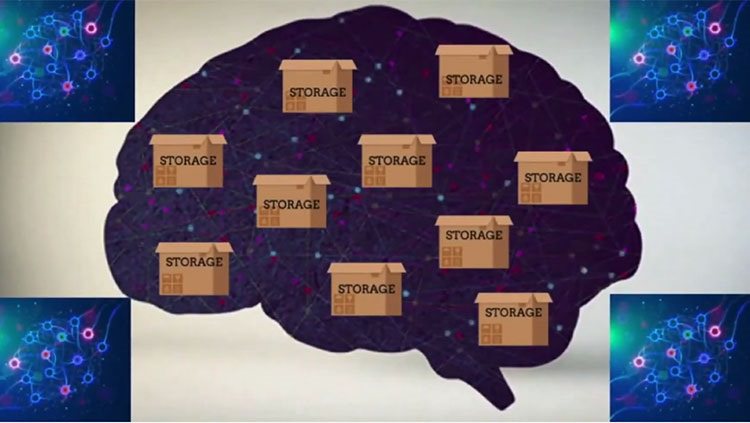I’ve Seen This Before. Wait, I've Seen This Before.
- Published28 Oct 2022
- Source BrainFacts/SfN
You have probably experienced déjà vu — the feeling that a situation or event happening now is one you’ve experienced before. While scientists don’t know exactly why it happens, there are some theories. One is that your brain confuses similarities in sensory information — a sound or smell, for example — between a new and old event, giving you a sense of familiarity. Another is related to a glitch in how the brain processes short-term and long-term memories. But the true mechanisms for déjà vu largely remain a mystery.
This is a video from the 2022 Brain Awareness Video Contest.
Created by Alexis Celine Kim.
CONTENT PROVIDED BY
BrainFacts/SfN
Transcript
“I’ve seen this before. Wait, I’ve seen this before.” You’re walking into an ice cream shop that recently opened in town. On your way in, you see a little boy running around with a cone in his hand and he suddenly drops his ice cream splat onto the floor. In that moment, you feel a split second of familiarity, as if you’ve seen this exact moment before. Haven’t I been here already? Why is the same thing happening again?
This ominous feeling is called déjà vu, French for “already seen.” While some studies correlate déjà vu with epilepsy, it’s a pretty ordinary, harmless event that most, if not all, have experienced.
Researchers have yet to find an exact scientific explanation behind déjà vu, but there are many supported theories. Before we dive into these theories, let’s take a look at some of the basic mechanisms of déjà vu.
While the boy was dropping his ice cream, your five senses were busy collecting sensory information of the experience. Your eyes noticing the color of the boy’s shirt, your ears hearing the drop of the ice cream cone, and so on. This sensory information is translated into signals that the brain can convert into memories.
Now, how do these sensory experiences become a déjà vu experience? One theory is that your brain confuses your past memories with present sensory information. This theory, based on H.M. Grant’s findings, states that memories are context-dependent. In other words, we remember things better when we are in a similar environment as where the original memory took place.
For example, if you were studying while chewing mint-flavored gum, it would be easier for you to recall that information while chewing mint gum. The sensory information you pick up from an environment, such as the sound of the cone dropping, can trigger your brain to subconsciously retrieve a memory of a similar experience. This would cause that odd sense of familiarity!
Basically, how this works is that the processed sensory information is held in your brain as working or short-term memory. An example of working memory would be holding your crush’s phone number in your mind till you can jot it down. From there, the memory is either forgotten or is converted into long-term memory, which can last days, years, to even a lifetime.
Repeated thoughts or experiences are usually converted into these long-term memories. This is where the second theory comes in, known as dual processing. Essentially, when the brain is converting short-term memories into long-term ones, it accidentally processes new information as long-term memories at the same time, creating a sense of familiarity.
The last theory also involves types of memory, specifically implicit and explicit memories. Implicit memories do not require conscious effort to remember, while explicit memories do. Fundamentally, these implicit memories are triggered and cause us to relive them at the same time we are processing the present, known as the Hologram theory.
Going back to the ice cream example, the Hologram theory would state that a certain detail or object —let’s say the boy’s orange t-shirt — would trigger a past memory. This would cause our brain to make a “hologram” of the memory so that it feels like we’re reliving it. However, we wouldn’t be aware of replaying the old memory, as it has been subconsciously recalled. This would cause us to feel a sense of familiarity without consciously knowing why, causing the feeling of déjà vu. Quite frightening, right?
These theories are just a few out of many that are just as interesting. As mysterious and fascinating as this phenomenon gets, déjà vu is very difficult to study due to its random and extremely short-lived nature.
From past studies, we know that it strongly relates to memories. However, it is essential to keep an open mind as further research is done. ‘Cause who knows? We might have seen the boy drop his ice cream before, just in a parallel universe.

















